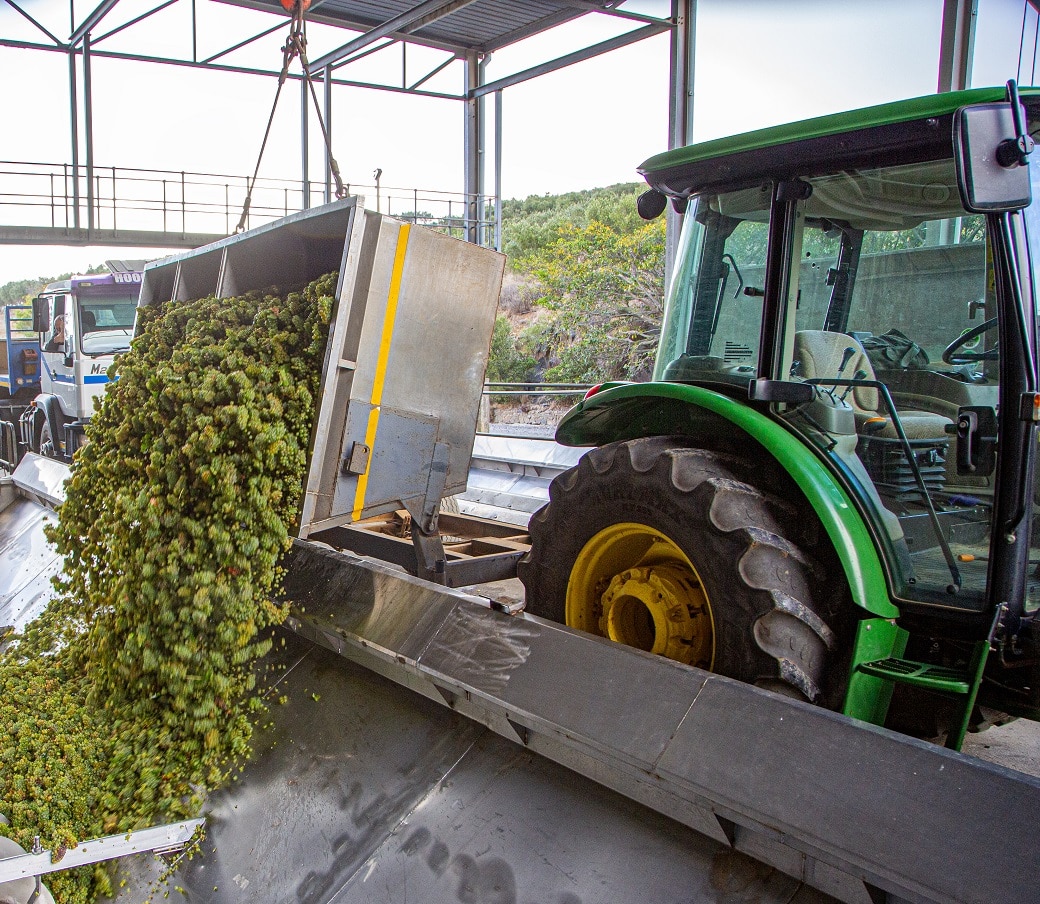FermTech briefing: The hidden costs of winemaking – when quality and waste collide
By Clayton Reabow, 27 October 2025

I remember sitting in an Oenology lecture at Stellenbosch University, learning about free-run and press fractions. Free-run juice – A-grade – was gold. Press fractions – B-grade – were, well, everything else. But no one really told us what to do with B-grade wine once it left the press. Maybe I missed that class (perhaps a late night was to blame), but the rhetoric was to preserve you’re A-grade for top tier wines and B-grade for entry level wines, but I soon discovered in the working world that this simplistic view doesn’t hold up.
New winemakers are often taught to revere the free-run as sacrosanct and regard press wine as an afterthought – the neglected component in the cellar. But this mindset can quietly lead to systemic waste. And it’s not just at the press. Across the supply chain, inefficiencies creep in. Losses mount. And unless you’re a large corporate with finely tuned systems, they often go unchecked.
The numbers are startling. According to SAWIS, an annual production loss of up to 4% is allowable before red flags go up. But 4%? That’s enormous. In a 250,000-bottle cellar with a retail price of R175 per bottle, that equates to R1.75 million in lost opportunity. If just a quarter of that wine aged in new oak, you’re looking at around R400,000 in raw material loss – gone. That’s not inefficiency; that’s negligence.
Where Are We Cutting – and at What Cost?
The pressure to cut costs is real. Winemakers – once purely focused on flavour, balance, and structure – now find themselves on the front lines of financial survival. We’re expected to “trim the fat.” But too often, that trimming happens in the very place it shouldn’t: the wine itself.
Take yeast nutrition. Yeast, whether inoculated or indigenous, needs complex nutrition to complete fermentation healthily. Yet many producers still rely on DAP (di-ammonium phosphate), an inorganic, petrochemical byproduct that offers nitrogen, yes – but little else. No micronutrients. No sterols. No vitamins. Nothing to support yeast beyond the most basic metabolic function.
It’s like raising your kids on sugar. They’ll survive, but don’t expect them to thrive.
In contrast, organic nitrogen complexes – rich in amino acids and micronutrients – ensure healthier fermentations, fewer stuck ferments, and more aromatic depth. But here’s the rub: DAP costs a few cents per litre. Organic nutrition? Closer to 30c/L. So, the short-term financial pressure wins – and quality loses.
Rethinking Value: It’s Not Always in the Bottle
If we’re going to be ruthless about trimming fat, let’s at least trim it from the right places. There are opportunities across the supply chain that offer far better ROI than compromising your wine.
Consider carton packaging. Wines are boxed in 6- or 12-bottle cartons, only to be unpacked shortly after delivery – whether to a retailer or a consumer. Those cartons represent 3–5% of cost of sales, yet the wine spends less than 5% of its journey inside them. They offer protection, sure – but no value to the customer once the bottle is out. So why spend so much budget there?
Or distribution. Or staffing structures. Or duplicate marketing efforts. All ripe for rethinking before touching the wine itself.
A Call for Holistic Thinking
What we need is not just cost control – but value optimization. And that means rethinking the very structure of leadership within wineries. I believe there’s a case to be made for the introduction of CROs – Chief Revenue Officers – in our industry. These individuals aren’t just accountants or winemakers, but a hybrid of both – able to speak the language of the vineyard and the balance sheet.
Just think of Springbok rugby player André Esterhuizen: a traditional centre now being drafted into the forwards when needed. It’s an unconventional shift – but one that speaks to adaptability and team value over fixed roles. And that’s exactly the mindset we need in South African wine. We must be agile, willing to cross disciplines, and prepared to challenge traditional structures to stay competitive and profitable.
Their sole responsibility? To guard revenue while identifying areas where costs can be cut without eroding value.
Premiumisation Is the Opportunity – If We Don’t Undercut It
The newly released BFAP Baseline 2025 report (an agricultural outlook for 2025–2034) highlights the pressing challenges and promising opportunities in the South African wine sector. A key finding? The domestic wine market is shifting toward premiumisation – with a projected 26.8% growth over the next 10 years. This trend is driven by rising middle-class incomes, urbanisation, and increased wine education.
In short: consumers are buying less wine – but better wine. They are actively seeking quality, authenticity, and value. And that further strengthens the argument to protect your winemaking value chain and avoid quality compromises.
Closing Thought
The wine in the bottle is what your customer remembers. It’s the brand experience. It’s your legacy. And it should be the last thing on the chopping block.
So yes, trim the fat. But do it intelligently. Don’t starve your wine in the process.
- Clayton Reabow owns FermTech Solutions, the South African distributor of 2B FermControl – a range of organic fermentation products for minimal-intervention winemaking. With more than 22 years’ experience in the local wine industry, Reabow combines winemaking expertise with a practical understanding of supply chains and production. His goal is to help producers maintain quality while staying efficient and competitive in a changing market.








Comments
0 comment(s)
Please read our Comments Policy here.